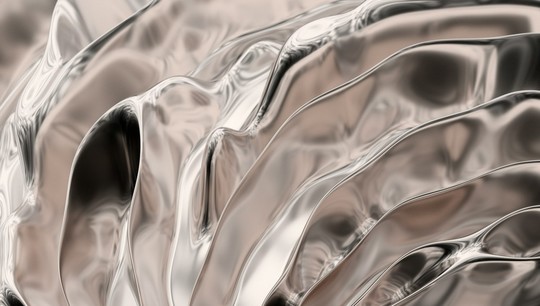Critical Nuclear Reactor Heat Exchanger Defects Identified by Scientists
Scientists from UrFU and North China University of Water Resources and Electric Power (Zhengzhou) have found out which defects in the surface of a nuclear reactor heat exchanger are critical for liquid metal embrittlement. The researchers conducted computer modeling of the process of interaction of liquid metal coolant (Pb and Pb55Bi(e) melt) with a steel heat exchanger in the cooling device of a nuclear reactor. The results were presented at the conference “Surface Phenomena in Dispersed Systems” and in a scientific article in the Colloid Journal.
“The work was done in collaboration with Wang Veishu, a professor in the Department of Energy and Technical Thermophysics at the North China University of Water Resources and Electric Power. Previously, Wang Veishu’s research group experimentally found that liquid metal (Pb55Bi) penetrated 316L steel at 823 Kelvin for 1000 hours to a depth of 94 μm. Since it is extremely difficult to conduct a full-scale experiment, we then evaluated the possibility of liquid metal heat exchanger failure theoretically using computer modeling. We found that a defect in the surface of the steel heat exchanger in the form of a 0.15 mm deep risk can be the cause of failure of nuclear reactor coolers due to the effect of liquid metal embrittlement. The data we obtained will be useful in designing cooling systems for nuclear reactors with liquid metal coolant”, explains Olga Chikova, co-author of the study and professor at the UrFU Department of Physics.
Liquid metals are used as coolants in the nuclear power industry. However, they can interact with the heat exchanger material causing corrosion and liquid metal embrittlement. The mechanism of liquid metal embrittlement is based on a decrease in the bonding of solid atoms due to the adsorption of liquid metal on the crack surface (Rehbinder effect). The decrease in the surface energy of the solid-liquid interface caused by adsorption leads to a decrease in the critical stress required for crack propagation. The liquid metal penetrates the steel by capillary action. Typically, cracks nucleate at defects in the heat exchanger surface and propagate along grain boundaries due to their wetting by the liquid metal. It is important to determine which defect on the heat exchanger surface (e.g., a certain depth of risk) may be the cause of failure of nuclear reactor coolers due to liquid metal embrittlement.

